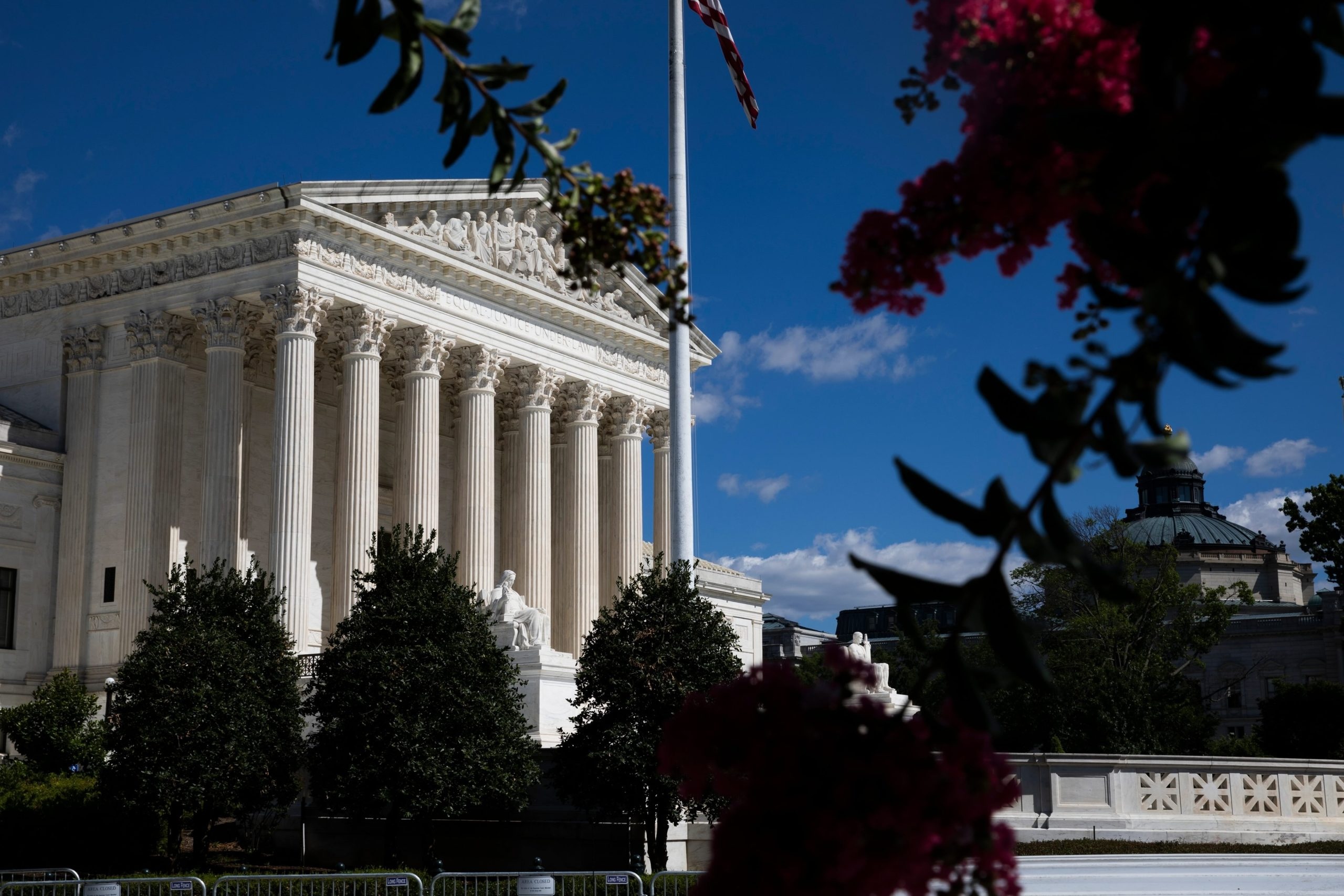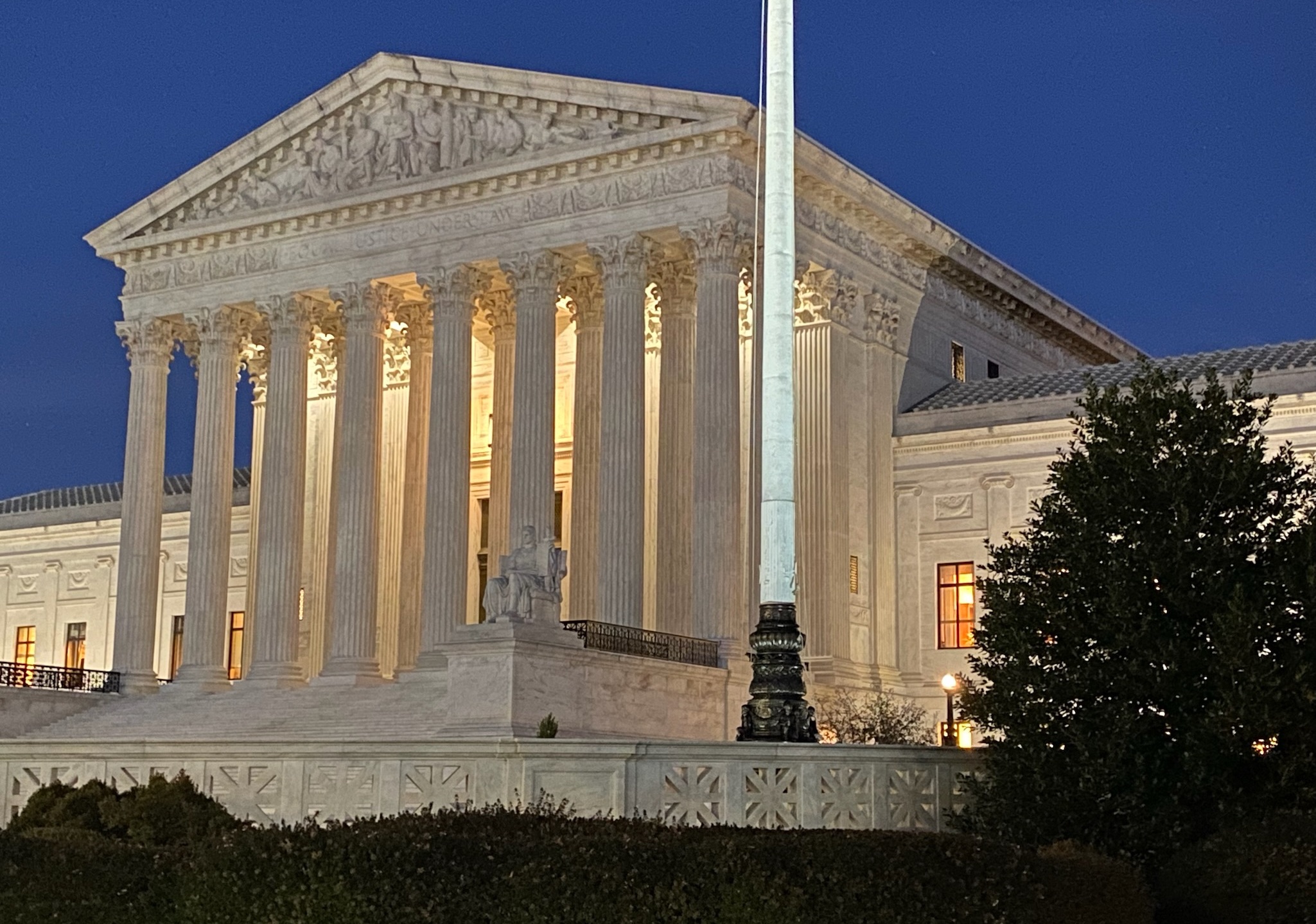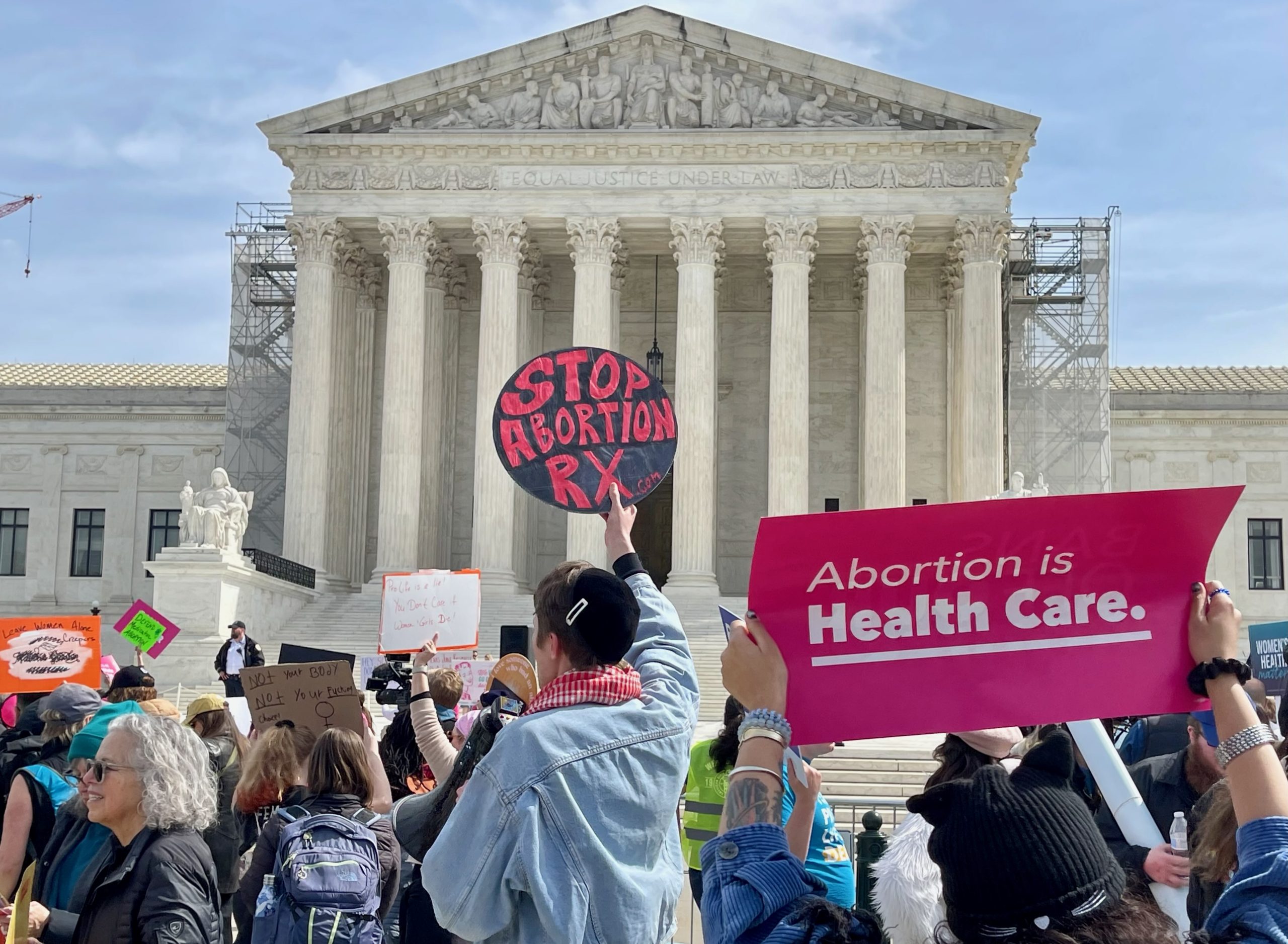Landlords challenge New York’s longstanding rent-stabilization regime
Petitions of the week
on Jul 7, 2023
at 5:06 pm
The Petitions of the Week column highlights a selection of cert petitions recently filed in the Supreme Court. A list of all petitions we’re watching is available here.
Rents in New York City are among the highest in the country and rising. According to a report from brokerage firm Douglas Elliman, median rents in Manhattan reached a record high in May of $4,395 per month. Meanwhile, only a handful of residential units in the city are rent-controlled, subject to tight limits on increases in rent. Roughly a third of New York’s housing stock qualifies for a decades-old regulatory regime known as rent stabilization, however, which comes with more modest limits on rent increases and a host of other tenant protections. This week, we highlight cert petitions that ask the court to consider, among other things, whether New York’s recently amended rent-stabilization law is, in effect, a “taking” of landlords’ property without “just compensation” in violation of the Fifth Amendment.
First enacted in 1969, New York’s Rent Stabilization Law governs all apartments in buildings built before 1974 that have six or more units. Owners of rent-stabilized apartments cannot raise rents above a limit set annually by a city-wide oversight board, and they generally must renew a tenant’s lease except in a narrow set of circumstances, such as when the tenant fails to pay rent.
The state legislature has repeatedly amended the rent-stabilization law in response to ongoing pressure from both tenants, who argue that rents remain excessive, and landlords, who insist that the rising costs of maintaining housing have outstripped their ability to increase rents. The most recent amendment in 2019 added conditions on landlords’ ability to take rent-stabilized units off the market for personal use and repealed exceptions to the rent-increase limits for high-income or longtime tenants.
Undeterred by a long history of failed legal challenges to the rent-stabilization law, a group of trade associations representing owners of rent-stabilized apartments went to federal court to challenge the amended law. They raised two primary arguments against it.
First, the landlords argued that the law’s restrictions on reclaiming rent-stabilized apartments from current tenants are an uncompensated physical taking of their property under the Supreme Court’s 2021 ruling in Cedar Point Nursery v. Hassid, which struck down a California law that gave union organizers the right to enter farm property to speak with agricultural workers. Second, they argued that the law’s rent-increase limits are a so-called “regulatory” taking of their property because they require landlords to bear the bulk of the costs to provide sufficient affordable housing, when they should be shared by New York taxpayers as a whole.
A federal district court in New York rejected both claims, and the U.S. Court of Appeals for the 2nd Circuit affirmed. The justices’ decision in Cedar Point does not negate the court’s long history of upholding laws regulating landlord-tenant relationships like the rent-stabilization law against physical-takings challenges, the 2nd Circuit explained, because landlords voluntarily enter into rental agreements with tenants. The court of appeals also disagreed that rent-increase limits are a regulatory taking. That theory was proposed in a dissent by Justices Antonin Scalia and Sandra Day O’Connor from the court’s 1988 decision in Pennell v. City of San Jose; it has never, the 2nd Circuit explained, been adopted by a majority of the court.
In Community Housing Improvement Program v. City of New York, the landlords – supported by 14 friend-of-the-court briefs from business and housing-industry groups – ask the justices to reverse the 2nd Circuit’s decision and allow their lawsuit to proceed. They point out that the U.S. Court of Appeals for the 8th Circuit struck down a COVID-19 eviction moratorium in Minnesota as a physical taking under the justices’ decision in Cedar Point because – like the New York law, they argue – it infringed upon the “right to exclude existing tenants” from private property. And in the hope that a majority of the court now agrees with Scalia and O’Connor, the landlords renew their contention that the law’s limits on rent increases are an unconstitutional regulatory taking. “Subsidizing needy tenants,” they write, “is a public good that should be paid for with public funds.”
A list of this week’s featured petitions is below:
Community Housing Improvement Program v. City of New York, New York
22-1095
Issues: (1) Whether the provisions of New York’s rent-stabilization law that prevent a property owner from regaining exclusive possession and control of her property after the expiration of a lease effect per se physical takings; and (2) whether, by mandating consideration of tenant ability to pay in setting maximum rents, the law forces a subset of owners “alone to bear public burdens which, in all fairness and justice, should be borne by the public as a whole,” and thereby effects a regulatory taking as outlined in Pennell v. City of San Jose.
Shire U.S., Inc. v. Blackburn
22-1180
Issue: Whether a state-law claim is preempted if it places a duty on a drug manufacturer to unilaterally change language approved by the Food and Drug Administration that appears in the highlights section of a drug label.
Columbia Falls Aluminum Company, LLC v. Atlantic Richfield Company
22-1207
Issue: Whether a district court’s equitable allocation of environmental-response costs pursuant to Section 113(f)(1) of the Comprehensive Environmental Response, Compensation, and Liability Act is properly reviewed on appeal only for clear error or for abuse of discretion.






